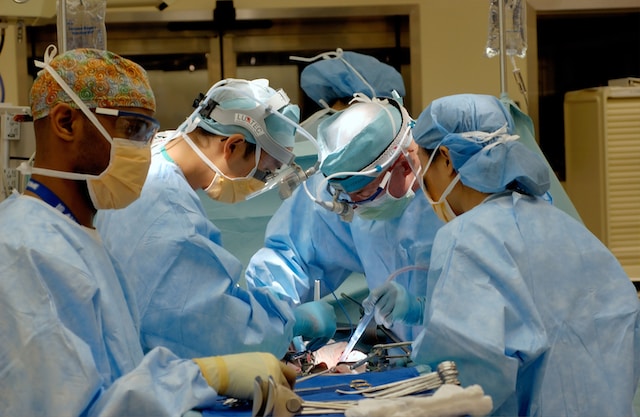
PVDF Tubing: Revolutionizing Cardiovascular Surgery
The medical world is witnessing remarkable advancements in surgical techniques and technologies, with one standout innovation being the use of Polyvinylidene Fluoride (PVDF) tubing. In this blog post, we will explore how PVDF tubing played a pivotal role in a specific cardiovascular surgery, highlighting its instrumental impact in transforming the way surgeons approach complex procedures and improve patient outcomes.
The Case: Coronary Artery Bypass Surgery
Coronary artery bypass surgery, a common treatment for severe coronary artery disease, involves rerouting blood flow around blocked or narrowed arteries to restore proper blood circulation to the heart muscle. The surgical procedure requires precision, and the choice of materials used is critical to ensure long-term success. PVDF tubing emerged as a game-changer in this field due to its exceptional properties that address the challenges encountered during this intricate surgery.
1. Biocompatibility and Low Thrombogenicity
In coronary artery bypass surgery, the choice of tubing material is crucial to minimize the risk of complications, such as blood clot formation (thrombosis). PVDF tubing's high biocompatibility ensures that it does not trigger an adverse immune response or lead to inflammation within the blood vessels. Furthermore, the tubing's low thrombogenicity reduces the likelihood of blood clots forming on the surface, significantly reducing the risk of post-surgery complications like thromboembolism.
2. Flexibility and Durability for Optimal Graft Placement
PVDF tubing's excellent flexibility and durability make it an ideal choice for graft placement during coronary artery bypass surgery. Surgeons can easily navigate the tubing through the intricate vascular network to connect the bypass grafts accurately. The tubing's ability to withstand bending and twisting ensures the grafts remain in their desired position, allowing for improved blood flow to the heart muscle and enhancing the long-term success of the procedure.
3. Radiopacity for Enhanced Visualization
During coronary artery bypass surgery, precise visualization is essential for the accurate placement of the grafts. PVDF tubing can be formulated with radiopaque additives, making it visible under X-ray imaging and fluoroscopy. This radiopacity enables surgeons to monitor the placement of the tubing and the grafts in real-time, ensuring optimal positioning and reducing the risk of complications related to improper graft alignment.
4. Resistance to Chemical and Biological Factors
The human body's internal environment is complex, and surgical materials must withstand exposure to various chemical and biological factors. PVDF tubing's high chemical resistance ensures it remains stable even in the presence of blood, bodily fluids, and medications, preventing degradation and preserving its mechanical properties during and after the surgery.
5. Minimizing Post-Surgery Complications
One of the primary goals of any surgical procedure, especially coronary artery bypass surgery, is to minimize post-operative complications. PVDF tubing's non-adherent surface reduces the risk of clot formation and subsequent graft occlusion. Additionally, its biocompatibility lowers the chances of adverse reactions, infection, or rejection, contributing to a smoother recovery process and improved patient outcomes.
As medical technology continues to evolve, PVDF tubing's impact is set to expand even further, promising a future of safer, more effective surgical interventions in the field of cardiovascular medicine.
